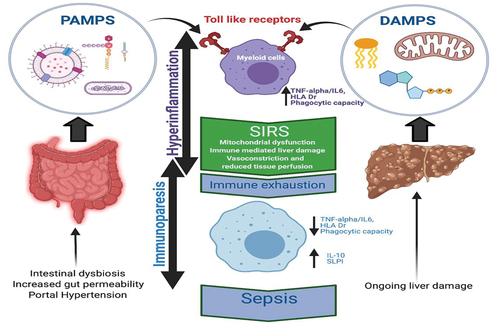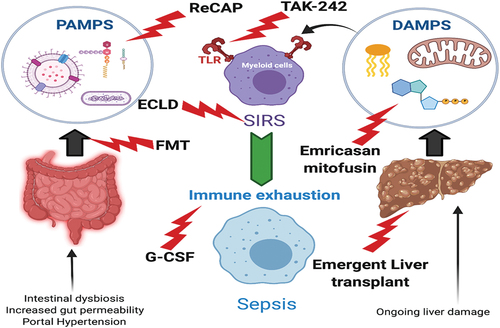Figures & data
Table 1. Definitions of acute on chronic liver failure (ACLF).
Table 2. Artificial extracorporeal liver support devices used in ACLF*.



